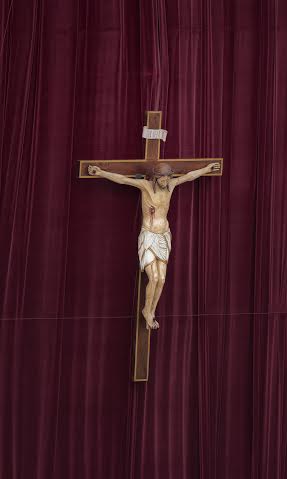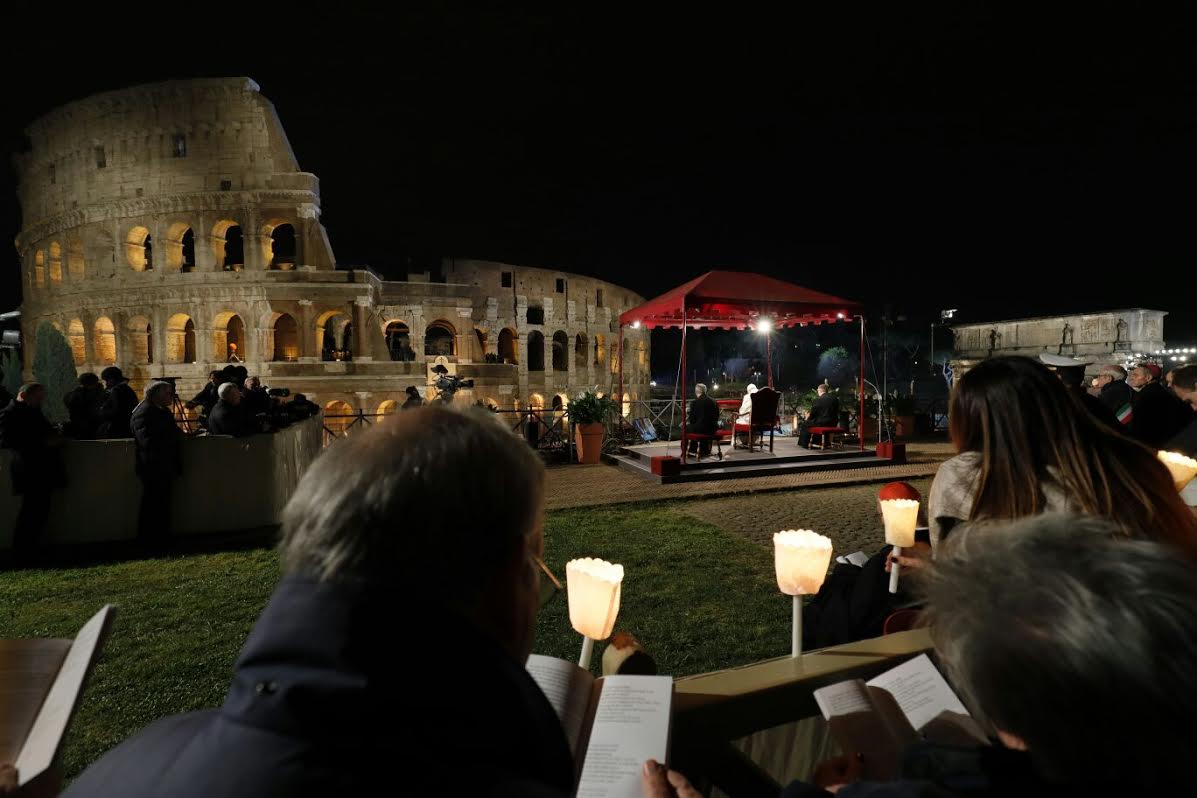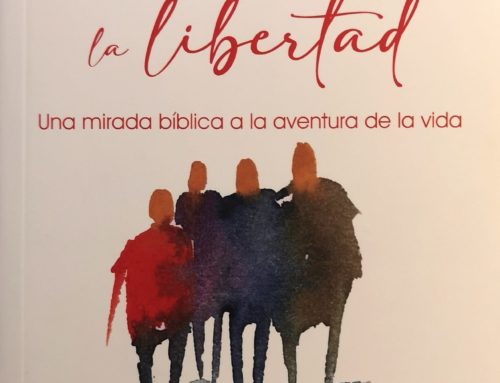
By Anne Lastman
And so “Tetelestai” “It is finished” (Jn 19:28).
I have always understood these words of Jesus on many levels. One of these levels is that the work of redemption has now been accomplished and it now remains that each human being believes, understands, applies and accepts this work of salvation for themselves. In their freedom it must be accepted just as with complete freedom the Son of God accomplished His mission to redeem.
At another level I see that it can also refer to the completion of the Jewish Passover. It brings to an end once and for all the need for any type of blood sacrifice. His (Jesus) sacrifice has done away with the need for further bloody sacrifices.
And further, I have also understood “Tetelestai” or “it is finished” to refer to the closing of His own Passover ritual which had been interrupted when He and His apostles went to the Garden of Gethsemane where He prayed in anguish.
On the Cross and after drinking from the sponge soaked with vinegar and lifted to him on a hyssop stick, He said “It is finished.” “Tetelestai.” This was the drinking from the Fourth Cup of the Seder, the Cup of the Messiah. The songs of the Hallel (Ps 113-118) had been sung (Cup of Blessing), but the fourth cup (Cup of the Messiah) had yet to be drunk in order for the Seder to be completed. This he now did.
This was also to occur purposely on the cross where the old covenant of the Passover was now to be transformed into the new covenant in His blood and not the blood of bulls and lambs, or animal sacrifices. He is now “the Lamb of God that takes away the sin of the world” (Jn 1:29) He is the “Lamb standing as though it had been slain” (Rev. 5:5-6).
To have completed the Passover, He would have eaten of the Lamb slain for the sacrifice, sang the Psalms, drank from the four cups, eaten a piece of the middle matzah, the Afikomen, and so complete the year’s Seder.
However, throughout time the Hebrew people developed a ritual at the end of celebration of their Passover, that is, the ritual of the hidden “Afikoman” which is a piece of unleavened bread, from the middle Matzah broken and brought out at the end of the Seder to be the last thing eaten.
Jesus on the night of the Passover meal, becomes not only the Lamb of God (Jn 1:29) but also reveals himself as the fulfilment of the broken middle bread (matzah). Indeed, I would suggest reveals Himself as the second person or middle person of the Holy Trinity.
Afikoman, seen mystically in Jewish tradition as representing or in place of “he who is to come” also as the “Cup of Redemption” and through these actions He recalls the promise “I will redeem you” (Ex 6:6) bringing to mind the promised new covenant sealed with His blood, as all biblical covenants are sealed, in blood.
The Afikoman is little understood within Christianity, but this is important to realise because it (afikoman) no longer needs to be hidden because He makes himself known as Jesus, the promised one to come who has indeed come and is ever present but also hidden in Eucharist.
It’s interesting because the afikoman is eaten at the end of the Passover meal, the Eucharist is eaten at the end of the Liturgy of the Word, prayers of the faithful, with the fourth cup being drunk (precious blood) and then the blessing and dismissal.
Perhaps the best word to describe both the Passover and the Eucharist (which are also called the longest unbroken religious sacrifices) is the word “anamnesis” a past event made present, real and continuous. A sacrifice to continue unceasing throughout time.
Jesus is the revealed Lamb, which is necessary to be eaten because like the Israelites if they did not eat the Lamb then the next morning their first born would have been found dead, the angel of death would not have passed them by and with Jesus saying “Unless you eat of the flesh of the son of Man and drink his blood there is no life in you” (Jn 6:53-54) He is saying the same unless you eat of His flesh, and drink His blood (Cup of the Messiah) in the New Passover of the Lamb, you will have no life in you.
An extant Greek document called Peri Pascha “On the Passover” written by Melito, Bishop of Sardis, (circa 2nd century) and described as nothing less than a Christian text of the order of the Passover, and in it Melito refers to Jesus as the “one who is coming (afikoman) out of heaven to the earth” Is descending in order to ascend. He is the middle piece, the afikoman (God the Son) broken for “our transgressions” (Is. 53:5).
With the eating of the afikoman, we can with Jesus say Tetelestai, “it is finished.”








